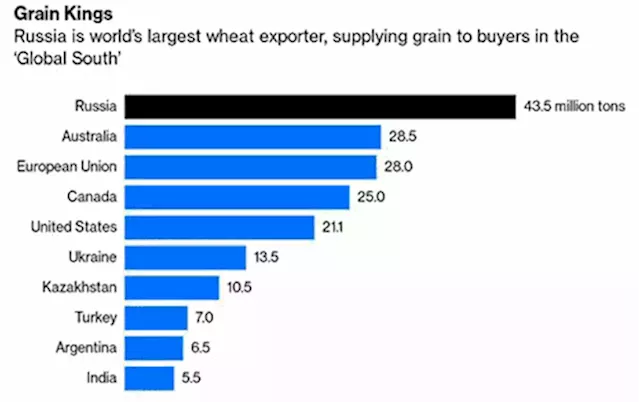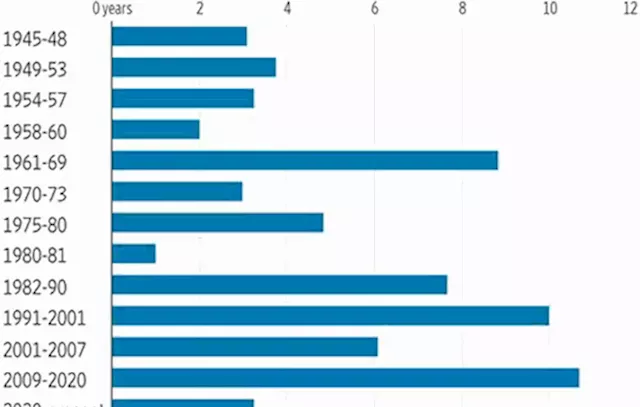According to the Congressional Budget Office, the U.S. government posted a $225 billion budget deficit for June, up 156% from a year earlier. This means, the first nine months of fiscal 2023 showed a deficit of $1.4 trillion, which is up 171% from the amount seen during the first nine months of fiscal '22. Debt service payments are the fastest growing part of the deficit. Interest payments over the last nine months reached $652 billion, and are projected to grow by 39% from fiscal 2022.
To make things worse, the Fed normally remits its profits made on government debt back to the Treasury. However, that is no longer the case because the Fed is now losing money. It pays more on RRP agreements and excess reserves than it earns on its Treasury and MBS holdings. According to my friend Chris Whalen of Whalen Global Advisors, the losses being incurred by the Fed means that the central bank will not be remitting any savings to the US Treasury for the next decade.
Hence, the Fed will most likely try to print the problem away. Hyperinflation is not at all a panacea either; but it can be obfuscated much more readily than a depression. This means Powell will be forced to increase the Fed's balance sheet once again by multiple trillions of dollars as he monetizes all the government debt needed to re-liquify the banking system and Treasury market. We know he will do this because of his history.
Brasil Últimas Notícias, Brasil Manchetes
Similar News:Você também pode ler notícias semelhantes a esta que coletamos de outras fontes de notícias.
 Kitco daily macro-economic/business digest - July 27
Kitco daily macro-economic/business digest - July 27
Consulte Mais informação »
 Kitco daily macro-economic/business digest - July 28
Kitco daily macro-economic/business digest - July 28
Consulte Mais informação »
